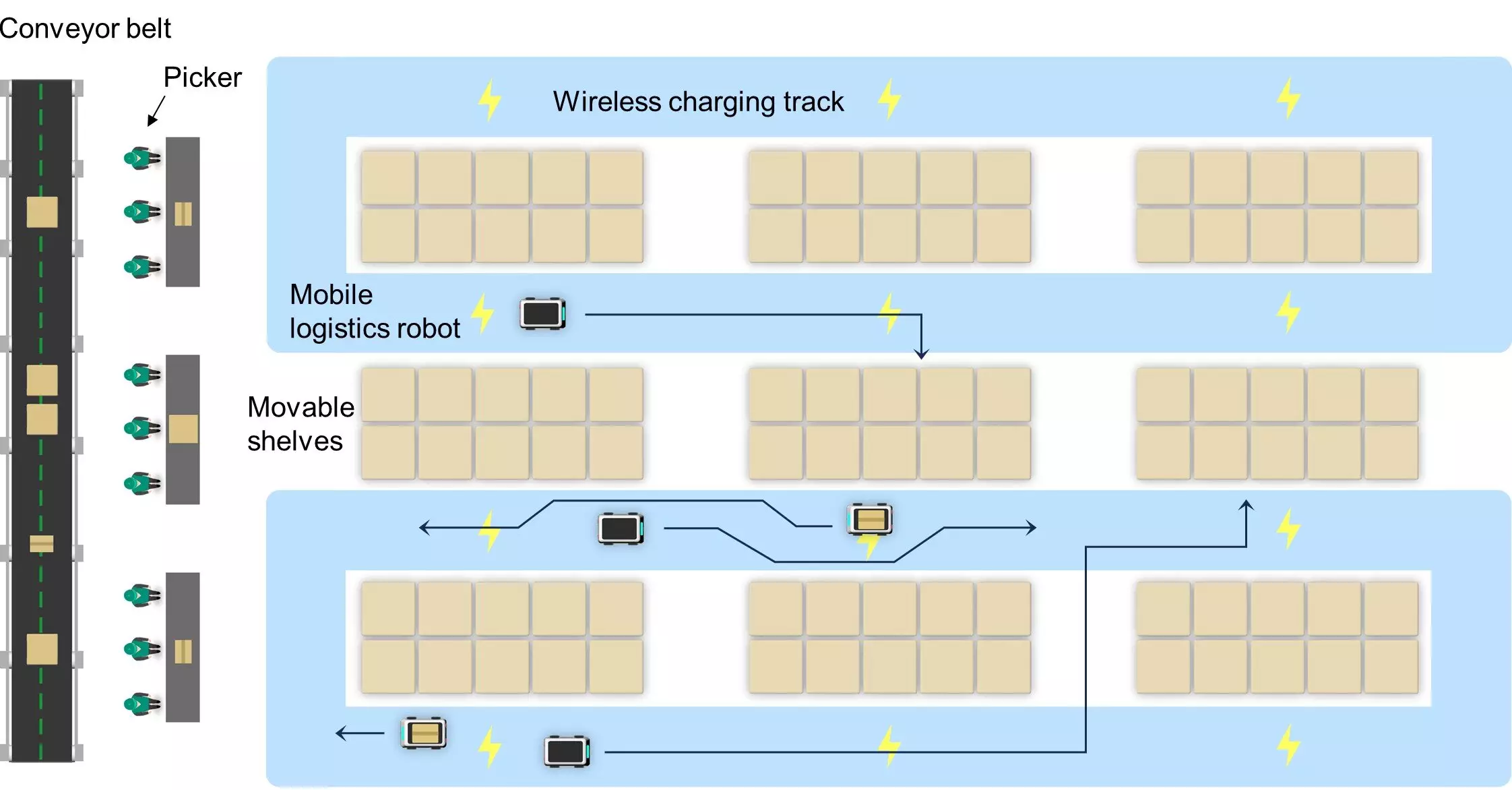Recent innovations in electric vehicle (EV) technology are setting the stage for a significant transformation in the way we power our vehicles. With a growing emphasis on sustainable transportation, a research group associated with UNIST has made notable strides in wireless charging technology that can supply power to moving vehicles. Led by Professor Franklin Bien, this initiative highlights a groundbreaking wireless charging track system that provides continuous energy to electric vehicles as they navigate through specifically equipped zones. This new development not only underscores the rapid progress in electrical engineering but also offers practical solutions to some of the most pressing challenges faced by electric vehicle users today.
The heart of this wireless charging system revolves around the creation of a robust magnetic field facilitated by an intricate network of wires. Unlike traditional methods that often implement costly ferromagnetic components, this innovative approach allows vehicles to operate seamlessly in both forward and backward directions without being hampered by intricate infrastructure or prohibitive costs. By generating an electromagnetic field through a specifically designed generator, the technology harnesses the potential for efficient power transfer. As a result, electric vehicles become capable of experiencing flexible movement along designated paths, ensuring that users do not have to stop frequently for charging.
One of the key advantages of this new technology lies in its efficiency—promising up to a staggering 90% power transfer efficiency. This has been achieved by deploying advanced algorithms that optimize both the layout of the power tracks and the design of the receivers installed in the vehicles. Prior technologies often struggled with issues related to efficiency and practicality, as they relied on materials that were not only expensive but also lacked durability. The UNIST team’s breakthrough may serve as a viable alternative, addressing both economic and functional hurdles that have limited the effectiveness of earlier solutions.
Addressing safety concerns associated with electromagnetic fields is critical for the acceptance of any innovative technology. The research team has proactively engaged with recognized standards established by reputable organizations like the Institute of Electrical and Electronics Engineers (IEEE) and the International Commission on Non-Ionizing Radiation Protection (ICNIRP). By ensuring compliance with these safety protocols, the researchers have laid a foundational framework for public trust and the potential real-world application of their wireless charging technology. Professor Bien emphasizes the need for greater adaptability in transportation systems, especially regarding dynamic wireless charging capabilities.
The implications of successfully implementing this wireless power supply technology extend beyond mere convenience; they could redefine the electric vehicle industry as a whole. As highlighted by lead researcher Hyunkyeong Jo, this advancement holds promise for overcoming long charging times and the perennial issue of limited driving ranges—two significant drawbacks often associated with electric vehicles. As the automotive landscape continues to evolve, innovations like these signal a shift towards a more integrated and efficient model of transportation, aligning with broader goals of sustainability and environmental preservation. The advent of dynamic wireless charging could be precisely what is needed to elevate electric vehicles from niche alternatives to mainstream transportation solutions.


Leave a Reply